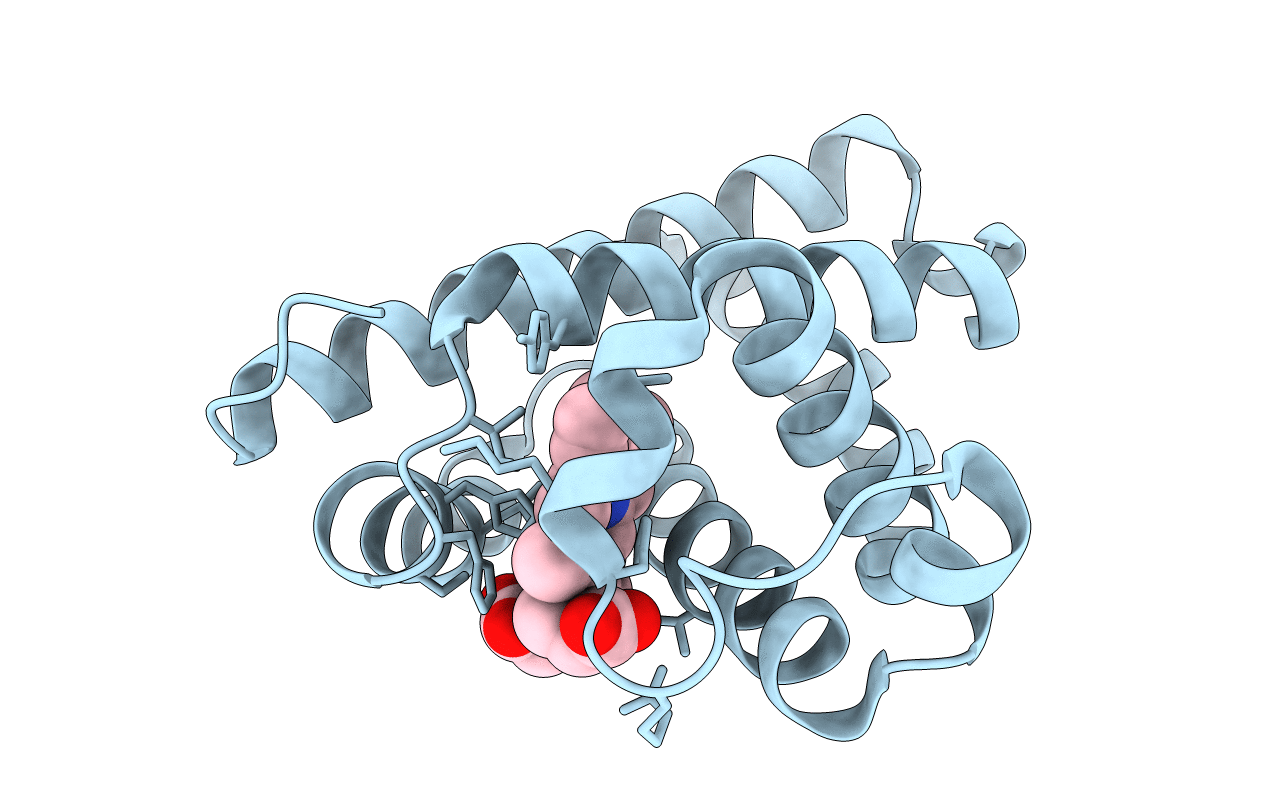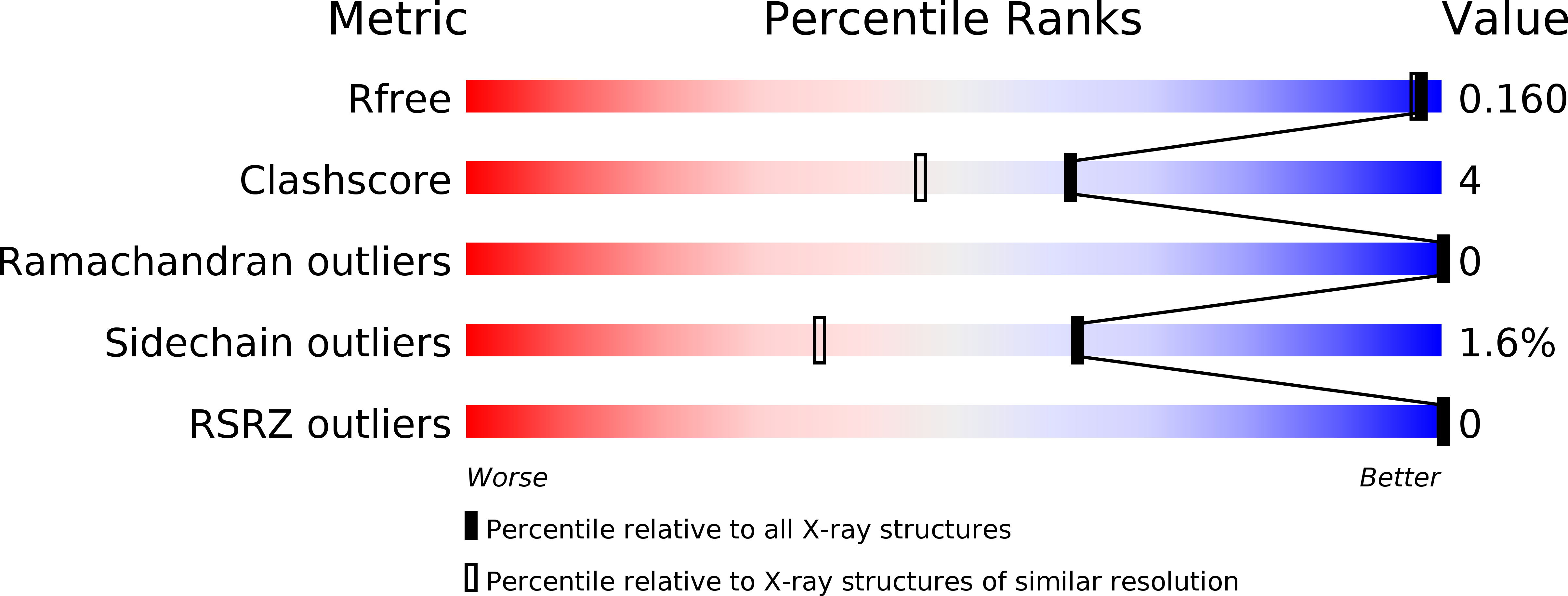
Deposition Date
2016-01-15
Release Date
2016-05-25
Last Version Date
2023-11-08
Entry Detail
PDB ID:
5HLQ
Keywords:
Title:
X-ray crystal structure of met F43H/H64A sperm whale myoglobin
Biological Source:
Source Organism:
Physeter catodon (Taxon ID: 9755)
Host Organism:
Method Details:
Experimental Method:
Resolution:
1.50 Å
R-Value Free:
0.15
R-Value Work:
0.14
R-Value Observed:
0.14
Space Group:
P 21 21 21


